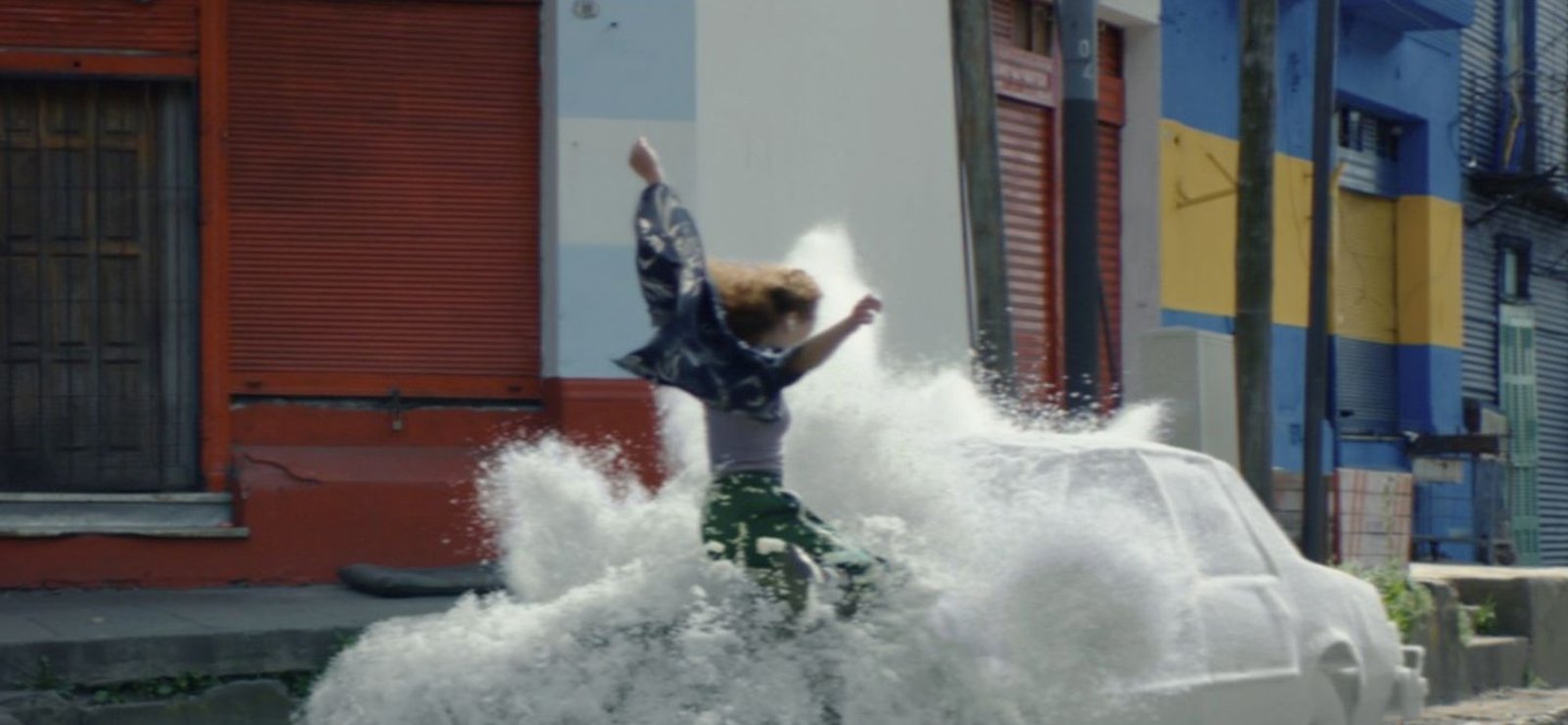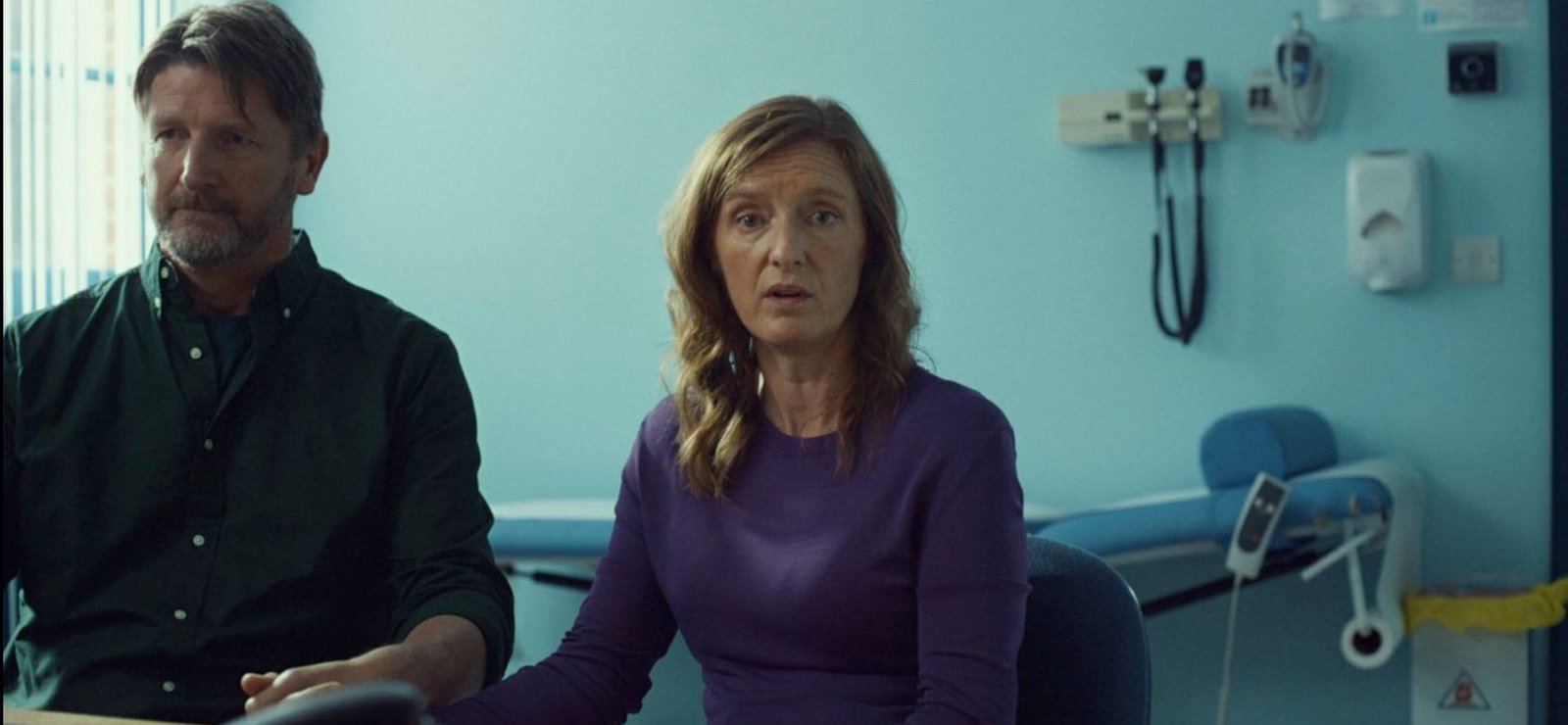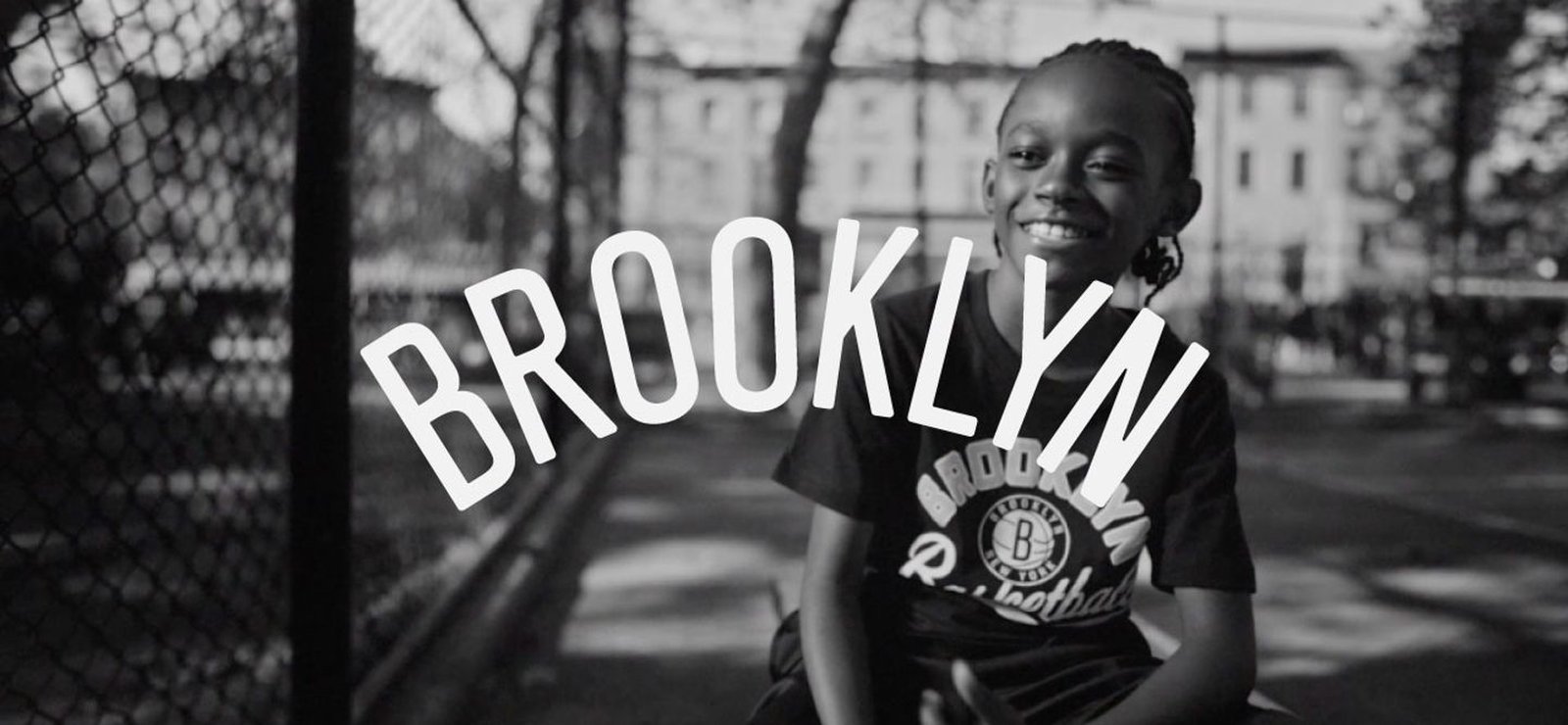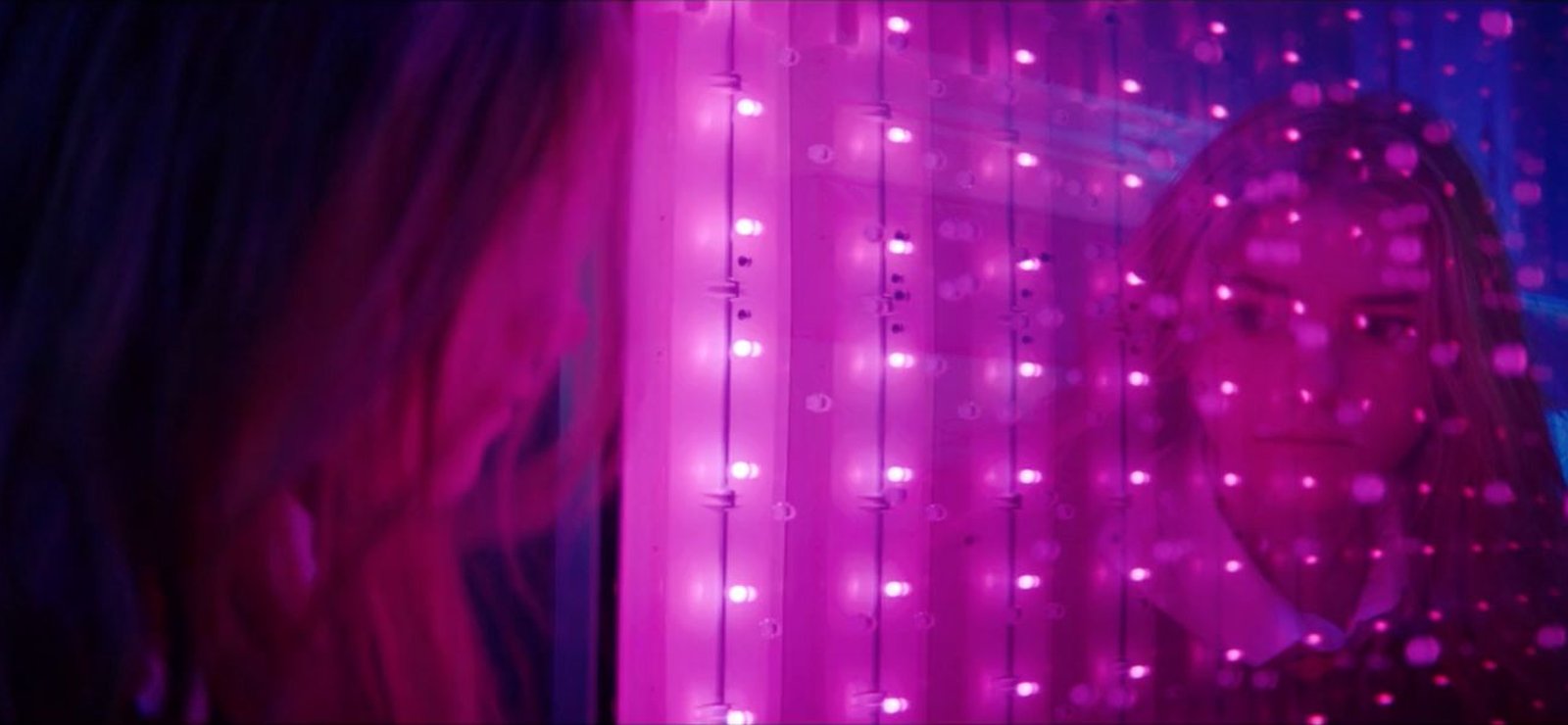Is that for real? How Pharrell’s Cash In Cash Out music video had audiences wondering how they did it
The VFX team behind Cash In Cash Out didn’t want anyone to be able to tell whether the video was shot for real or composited with CG. When the video dropped, comments sections were full of people scratching their heads and theorising on exactly this. A collaboration between DIVISION and Electric Theatre Collective, the music video for Cash In Cash Out for Pharrell Williams took home a staggering ten D&AD Pencils, including one of the two Black Pencils awarded this year. To delve into the craft behind this video, Greg McKneally, Co-Head of CG, and Iain Murray, Co-Head of 2D from Electric Theatre Collective join us in an interview with Jules de Chateleux, Co-founder and Executive Producer and François Rousselet, Director at DIVISION.
The team were clear from the outset that the video needed to feel real and so at each stage they asked themselves, “If we were to shoot this, how would we do it?” The rotating zoetrope platform is therefore based around real, physical rules. Subtle kinks were even added to give the impression of real filming, such as flickering light sources, flares, fingerprints, marks and scratches on the figures. The music video is also shot like a physical object, not taking advantage of the CG process to play with impossible camera angles. Instead, the video employs fixed, dolly and crane shots to blend the limits between real and unreal. McKneally explains that Cash In Cash Out represents, “the quality of creative execution you can have when creatives, directors and producers are given that bit of extra time.” Chateleux chimes in with agreement, stating the key to success here was, “trust and time”.



















